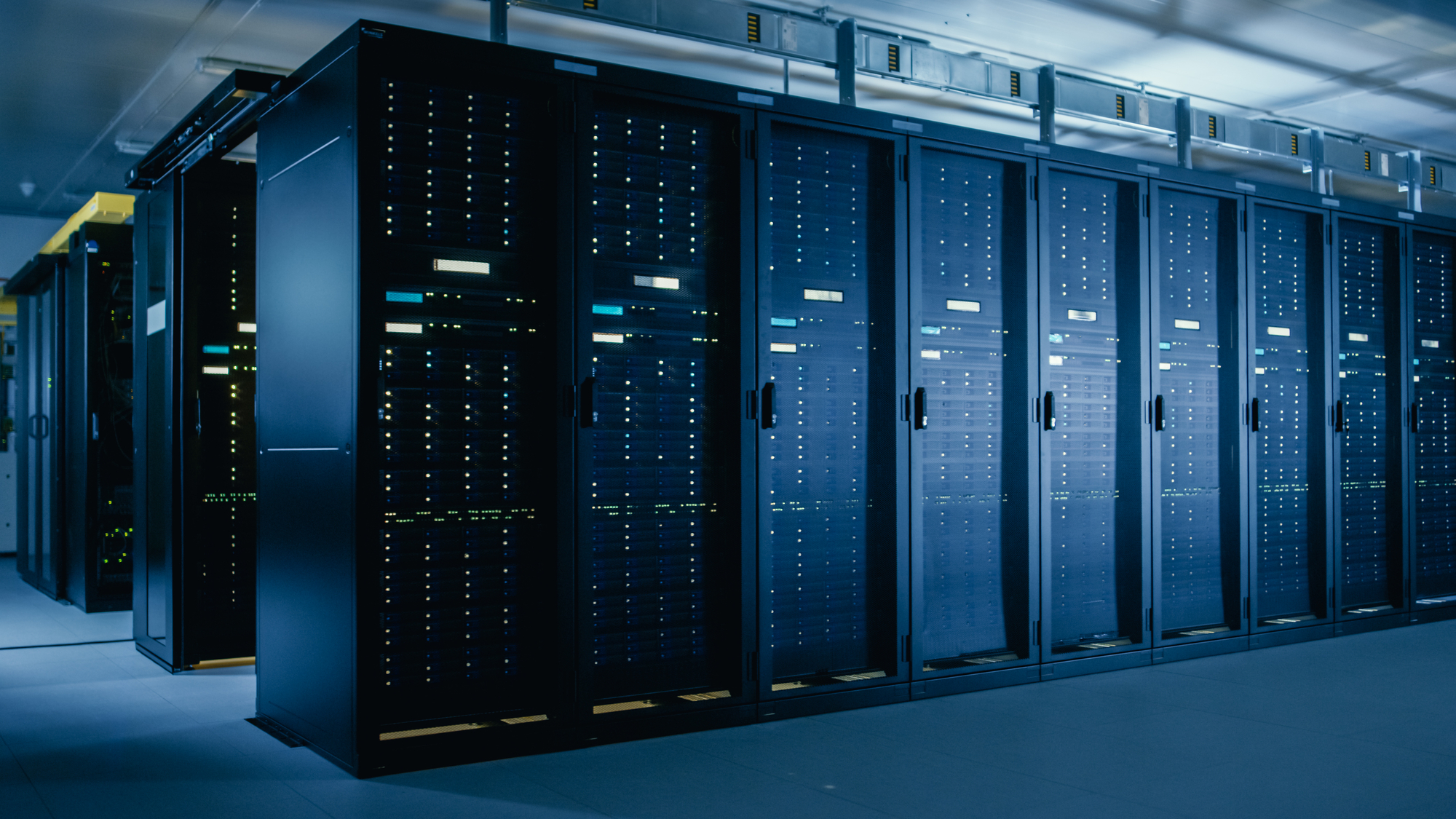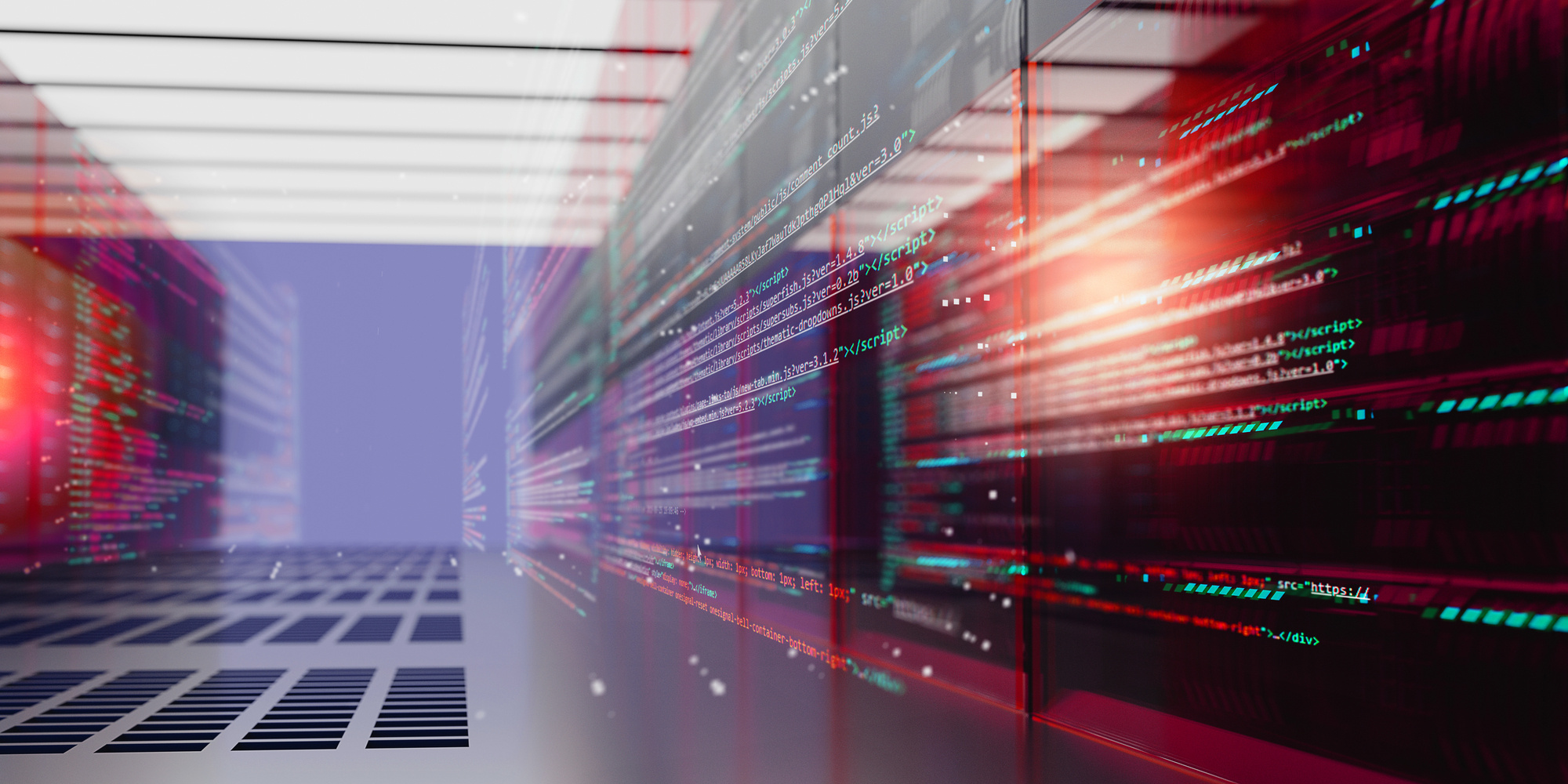From mobile device ubiquity to companies offloading their hardware and software needs to the cloud, digital storage and transmission demands have fueled data center growth over the last decade. Now, analysts anticipate that the increased development of artificial intelligence (AI) could drive a whole new wave of demand.
What’s not clear at this point, however, is the potential extent of that demand. “That’s where you’re going to get a lot of different answers,” says David Guarino, a senior analyst who covers data centers and communication towers for Green Street. “Some data center owners would say that AI will support their business for the next decade, and maybe they’re right. But it’s early innings.”
During Digital Realty’s (NYSE: DLR) first quarter earnings call, CEO Andrew Power noted that the ramp up in AI demand is beginning, even as data center operators continue to capitalize on businesses transitioning to the cloud.
“The (data center) use cases, the applications (and) the workloads that exist today are still going to be thriving within the global data center footprint,” Power told analysts. “But…the bigger picture around AI is that this is an incremental major wave of long-term demand that will certainly need to have proximity to where the major data sits today.”
Equinix, Inc. (Nasdaq: EQIX) President and CEO Charles Meyers, also speaking during a first quarter earnings call, noted that “ChatGPT has created a media frenzy around AI. But the reality is, we've seen AI-related opportunities in our pipeline for the last several years.” He added that Equinix has closed several key AI wins over the past few quarters and is seeing “a growing pipeline of new opportunities.”
AI usage is already igniting data center leasing, with cloud companies along with well-funded third-party AI vendors providing letters of credit to expedite deals, says Carl Beardsley, leader of JLL capital markets data centers group in Phoenix.
“The AI race has put further pressure on constrained data center supply as inventory is approaching an all-time low,” he says. “We are seeing inventory in secondary and tertiary markets that has been sitting vacant for multiple years getting backfilled by an AI user.”
Next Big Thing
AI is machine intelligence designed to simulate human behavior and thinking and can be trained to solve specific problems. ChatGPT, a large language model (LLM) chatbot that quickly and clearly responds to virtually any prompt, has arguably done the most to introduce the concept to the masses over the last several months. Potential AI applications extend to personalizing online shopping experiences based on purchase history, forecasting utility energy loads to optimize power generation, and making driverless cars a reality, to name a few solutions.
Nobody knows how widely AI will be used because AI models need a continuous stream of new information for optimization, Guarino points out. And as that new data is created and processed, it will reveal new use cases that haven't ever been contemplated, he says. Therefore, as cloud providers like Google, Microsoft, Amazon, and Meta develop and monetize AI services that leverage data in their clouds, the better it will be for the data center industry, analysts agree.
“At this point we’re seeing more initial investment and experimentation than full-fledged AI development that is being sold to customers,” says Nick Del Deo, a research analyst covering communications infrastructure for MoffettNathanson. “But there are plenty of reasons to think that AI is eventually going to drive a meaningful number of data center deployments.”
After anticipating that cloud providers would keep capital expenditures flat in 2023 after record levels in 2022 as the pandemic wound down, Bank of America now expects new AI and LLM development to drive $94 billion in capex spending, a year-over-year increase of 7%. The bank estimates that Microsoft alone will commit an additional $4.5 billion to capex.
What’s more, AI and gaming graphics chipmaker NVIDIA reported stronger fiscal first quarter revenues than expected and increased its second quarter revenue guidance by roughly 50%, says David Barden, a senior research analyst covering telecommunications infrastructure for Bank of America. “Someone is buying those chips,” he adds, “and they’re buying them for a reason.” That’s another AI growth signal, he says, and points out that data center REITs saw their shares benefit from the news.
Differing Requirements
AI demand will comprise two primary drivers, analysts say: the cloud providers and vendors developing AI and the customers using the AI products. But it’s the latter cohort that could prove more lucrative to data center operators, Del Deo predicts.
De Deo explains that cloud companies typically develop and operate their own data centers, but they also lease space from third-party providers. Also known as “hyperscalers” due to their massive computing needs, cloud companies not only can take advantage of attractive rental rates in third-party properties, but leasing also allows them to move into a market quickly while mitigating the risk of developing a facility in the wrong location, he says.
In general, however, hyperscale assets tend to be commoditized server farms that have struggled to generate appealing returns, Del Deo says, and the dynamics of an AI deployment likely won’t be much different than a cloud deployment.
In contrast, interconnection data centers that allow various companies to link to one another will attract companies using the AI applications that cloud companies develop, analysts say. Those facilities are generally harder to replicate than the big boxes serving the cloud and tend to generate better returns, Del Deo notes.
“To access products or the information that AI enables, it probably will make more people interested in going to interconnection facilities,” he says, “because that’s where the cloud providers have what they call their ‘on-ramps,’ which allows their customers to plug into the cloud.”
Use cases will also dictate where AI customers lease space. A driverless car application that needs to process the history of how drivers behave in order to make the best decision at every intersection will want to be in close proximity to where data resides to reduce latency, Guarino says. But a tool that simply creates a vacation plan for a consumer won’t have to live as close to the data.
“At the end of the day, I think AI will benefit data centers closer to populations as well as those in more tertiary locations,” Guarino notes. “And, like other real estate categories, the closer you get to populations, the higher the rent. So, AI customers will do a cost-benefit analysis to determine whether they can run their application in a more remote location where rent is cheaper.”
Power Concerns
The same decision-making process goes for power and cooling, as growing AI adoption will exacerbate sustainability challenges already confronting data center operators. Compared with a Google search, for example, a ChatGPT search consumes 10 times more “compute cycles” – or the steps a computer’s processor executes when it receives instructions, Barden says.
Additionally, microchips that run AI applications tend to be more power intensive and have different cooling requirements than chips used today, Del Deo adds.
While the changes may spark more demand for newer data centers that have been engineered with higher power densities or that operate in locations with access to abundant and cost-effective power, it also could put a premium on alternative power solutions, such as fuel cells, and liquid cooling techniques versus air cooling, analysts say.
The largest data center market in the country, Northern Virginia, has been growing so fast that power transmission capacity couldn’t keep up even before AI prospects began to fully emerge. Other markets are facing similar constraints, Barden cautions.
“We’re about to adopt a technology that represents a geometric increase in the consumption of compute cycles and related power and cooling,” he says. “But I’m not aware of any architecture, plan or technology that’s going to increase the power supply by 10 times.”
For now, however, AI developers are barreling ahead, intent on once again revolutionizing the way people live and do business through technology. “AI does feel different than other past tech hypes we’ve heard about, like the metaverse that everyone was going to live in. That’s no longer even a buzzword,” Guarino says. “AI is the buzzword.”

